Guys, we did a thing on Special Teams. No, it was not a Newsome punt (still a heavenly sight but the less we see of Tyler, the better we are), but a return. A proper one, at that.
Lost in the excitement over us doing something in the return game is the fact that it really should not have been too surprising. A successful punt return is the perfect storm of spacing, blocking and speed. There needs to be enough spacing between the returner and the first wave of tacklers (the gunners). Those gunners need to be successfully blocked by the returning team (the jammers). Finally, the returner needs to get downfield as quickly as possible because the longer he waits, the more tacklers are upfield to get him.
Finke’s return was a rightful combination of all three. As I said before though, it shouldn’t have been surprising. We’ve seen this exact return before…
Let us rip open the band-aid and jump into the 2005 USC game:
Now let’s take a look at Finke’s return:
Now, side by side:
The returns look very similar and my view is that Polian plays a huge part of this. Like the 2005 return, both are set up as Return Right. For the sake of photo analysis, I’ll stick with the HD world and break down Finke’s return (they’re essentially the same though!).
Spacing!
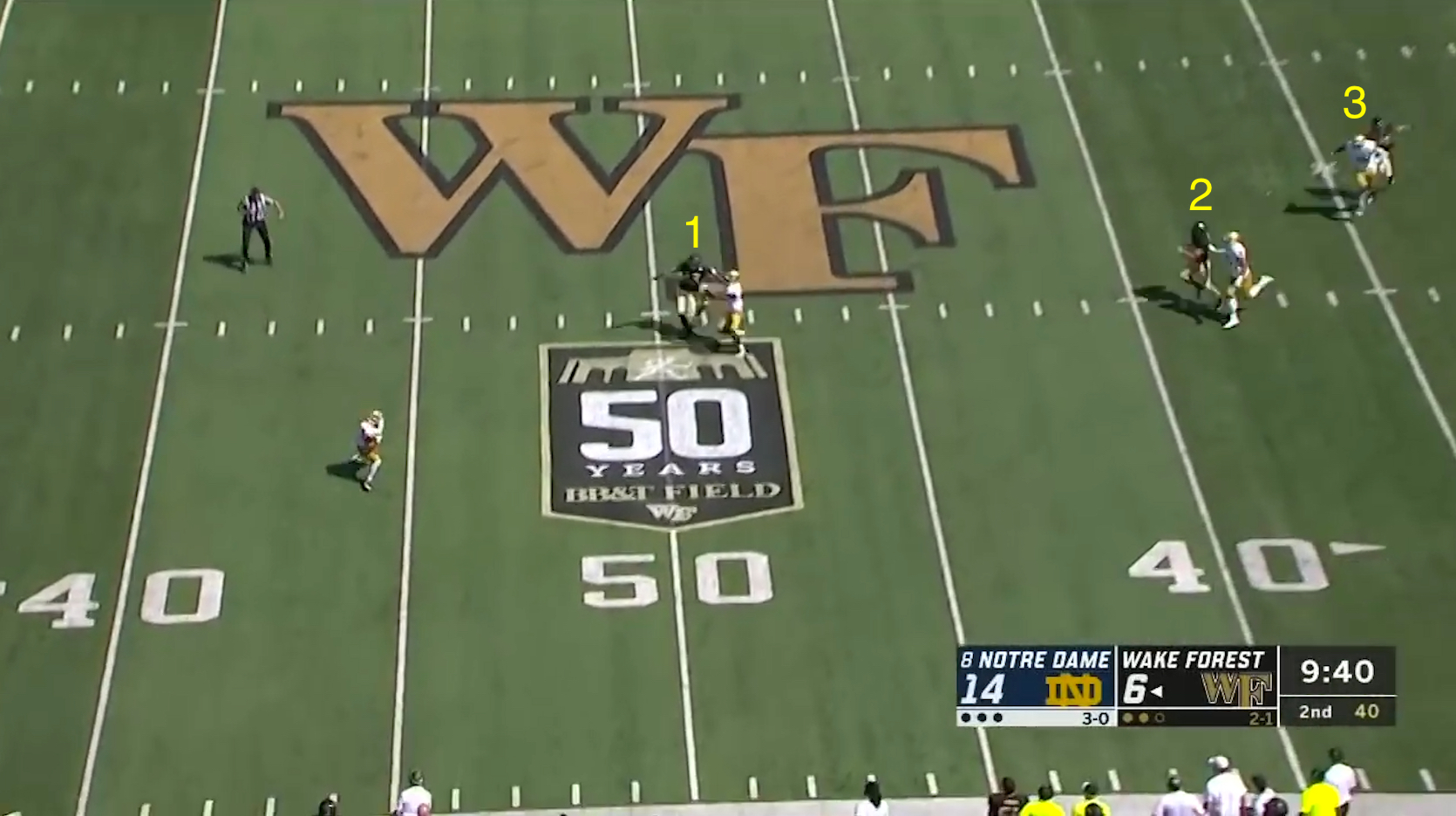
Todd Blackledge, during his analysis (lol) of the success of the punt return, said that the punt’s hangtime was poor. Do I have to tell you this is incorrect? While a little bit dated, punting analysis on the professional level pretty much refutes this. The punt was actually pretty good! Using my editing software and grabbing the frame from when the punt left his foot to when Finke catches it, the hang time is 4.6 seconds. Thats…..pretty damn good.
So, what went wrong for them (right for us!)? Its two-fold. The first starts with spacing. The term you hear a lot is “outkicking the coverage.” Wake did that a little bit here. When Finke catches the ball, he’s 6 yards away from the nearest Wake gunner, who is engaged with a jammer. This allows him room to make the first move
Blocking!
Check it out:
This is almost identical to Zbikowski’s return and the key to the success of the punt.
Watch only the ND players in the gif. It’s amazing. Flawless even. Nearly every Wake player was engaged by an Irish returner or jammer. Unlike kickoffs, where the return team can create a blocking lane for the return man, punt returns are the definition of assignment football.
Coming back to Blackledge’s analysis (lol), the hang time wasn’t the reason why Finke’s punt return was successful. Notre Dame’s blocking was.
Speed!
Ok, so Finke isn’t a 4.3 40-yard burner. Neither was Zbikowski though. The reason why both were successful here was because they were both really good at seeing the field and getting to the gaps before they closed.
Take Finke’s first move:
Realizing that his lane to the right hash was cut off, Finke cuts right. Big ups to Robert Regan (#37), TaRiq Bracy (#35) and Devin Studstill (#14) for making the lane for Finke. Special notice to Bracy here:
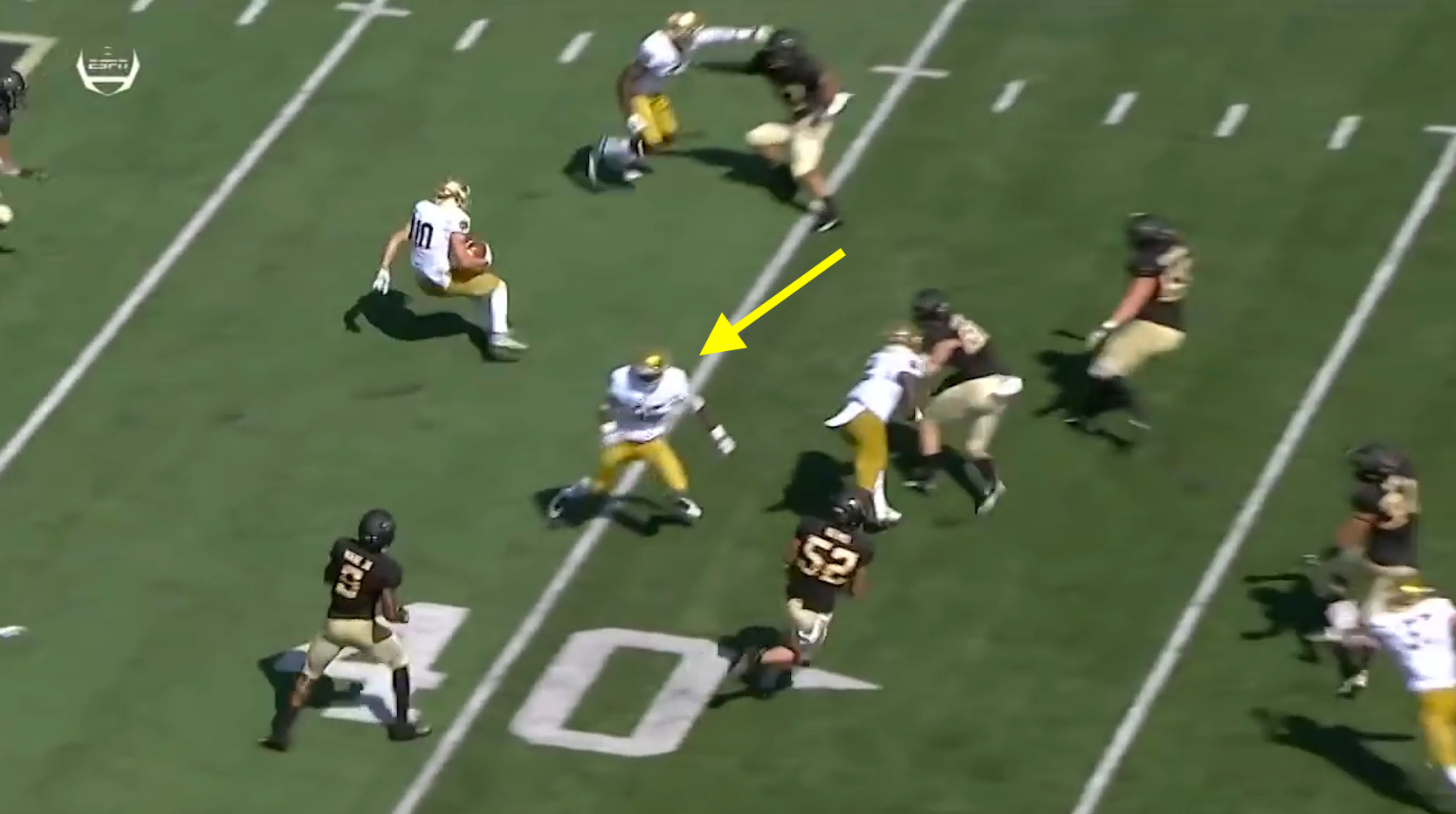
Looking for a man, Bracy actually sits in the lane and waits to engage. He doesn’t chase and risk losing the angle because he can’t see where Finke is going. In fact, he’s likely gauging where Finke is running based on the reaction of this Wake gunner.
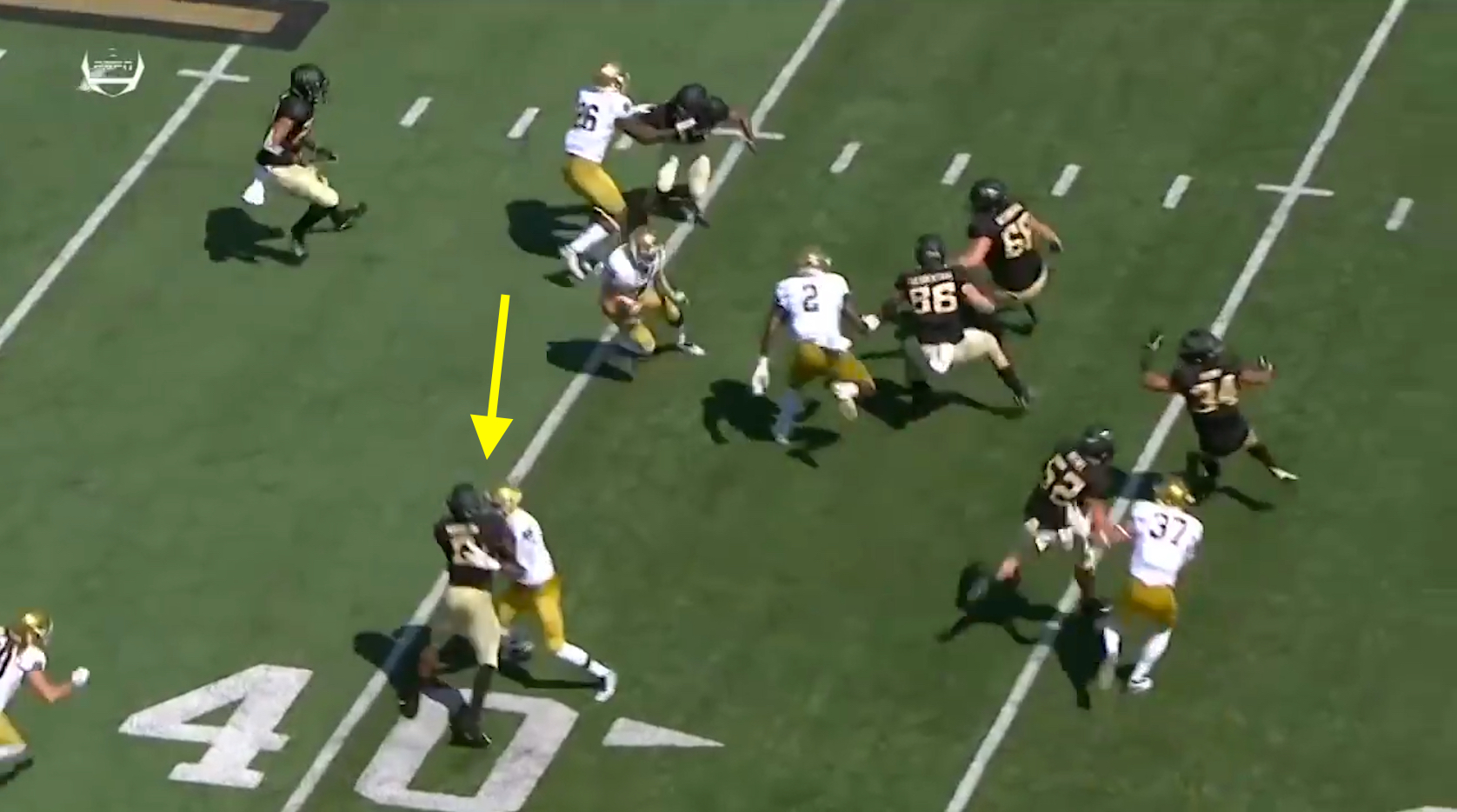
Once Finke makes his move right, Bracy engages his man (and gets away with a little hold but lol ACC refs calling holding) thus allowing Finke to get downfield.
In summary, the three keys to a successful punt return (spacing, blocking and speed) were all a huge reason why Notre Dame was able to get this return off and downfield. It might be a tough go against Stanford, who ranks 47th in the country in return defense (Wake is 114th). Still, if the perfect storm happens again, Notre Dame has shown under Polian’s coaching that they are capable of cutting a return loose for extra yards.

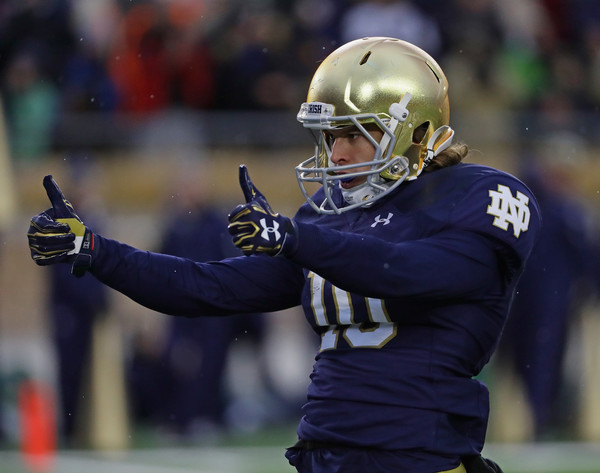



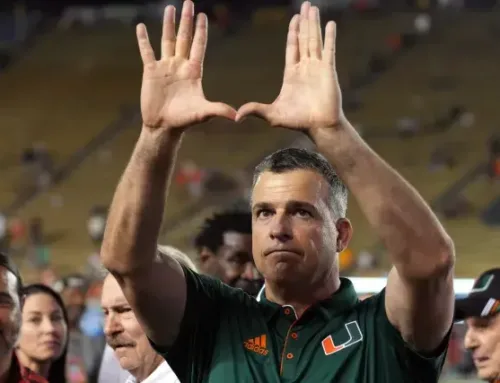
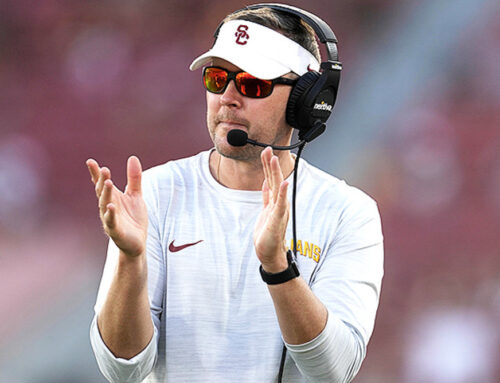
PUNTER BROOOOOOOOOOOOOOOOOOOOOOOOOOOOOOOOOOOOOOOO
Nice breakdown!
Shed tackles
Zibby – 3
Finke – 0
Bracy’s holding was called this week. Maybe the PAC 12 refs read this article as part of their game prep? 🙂